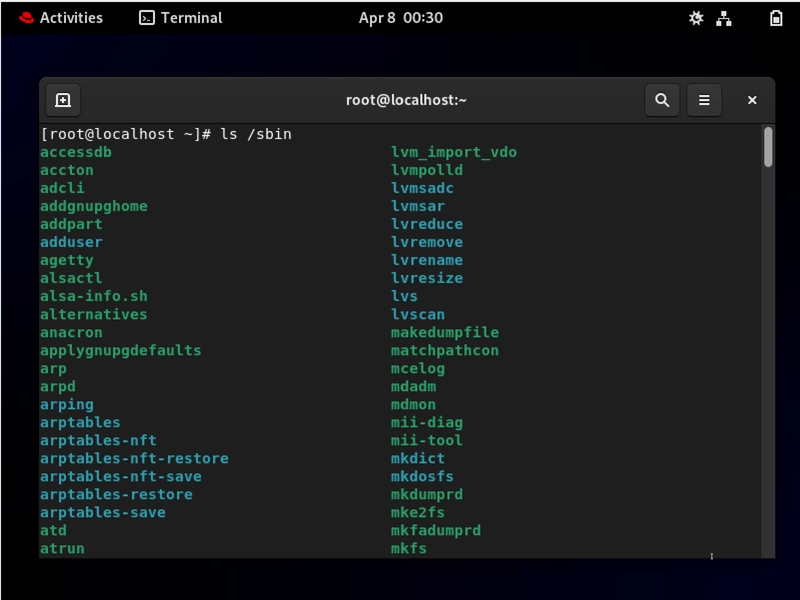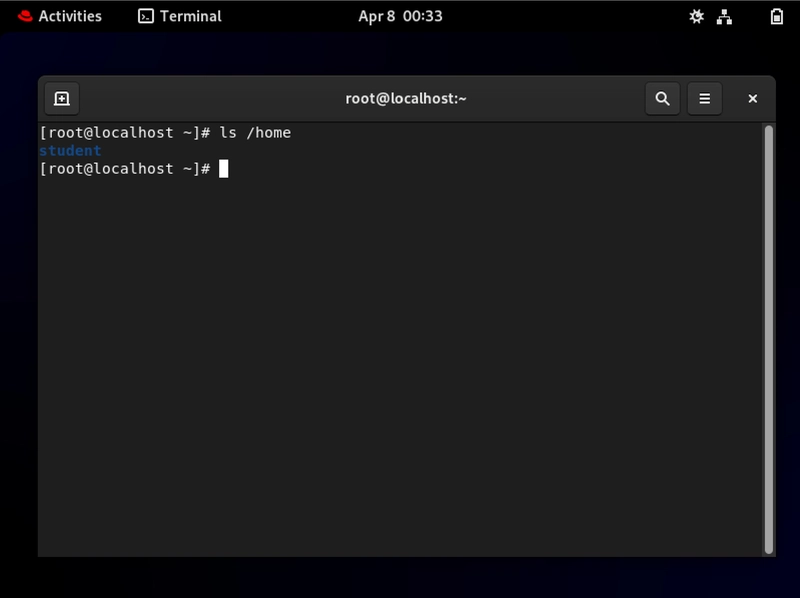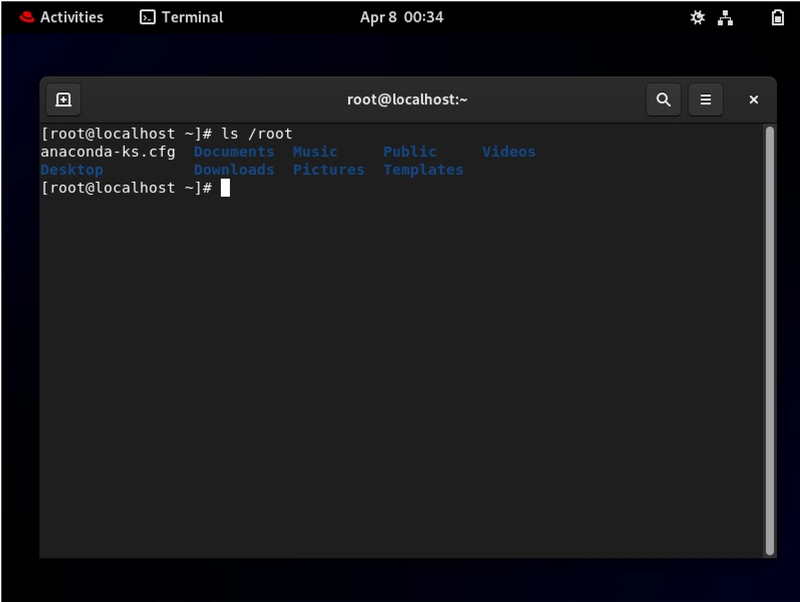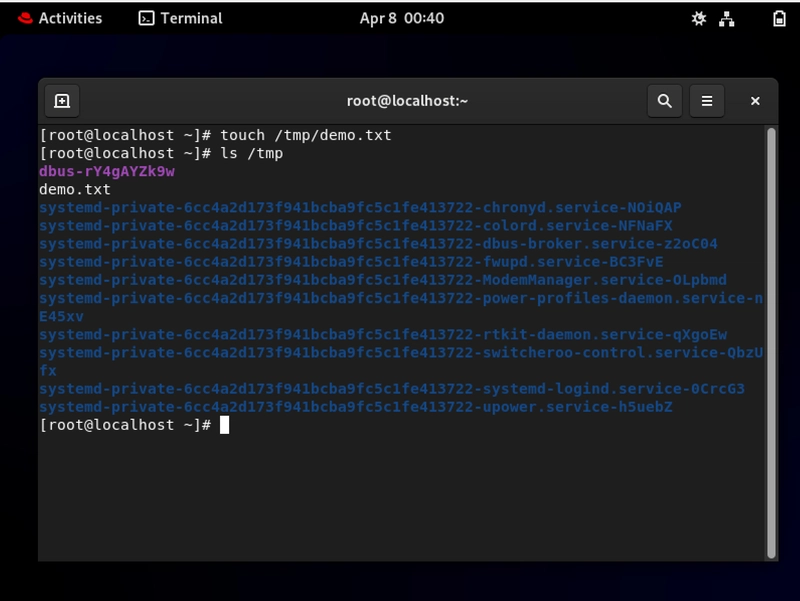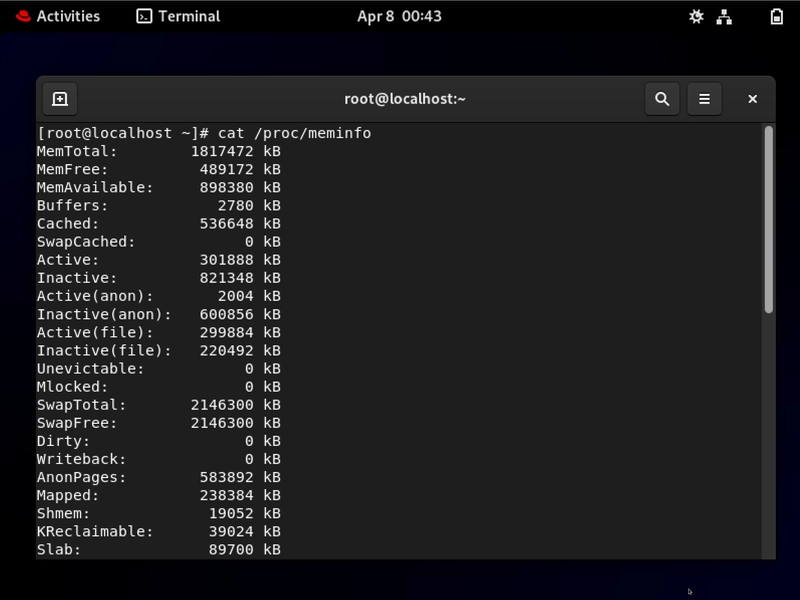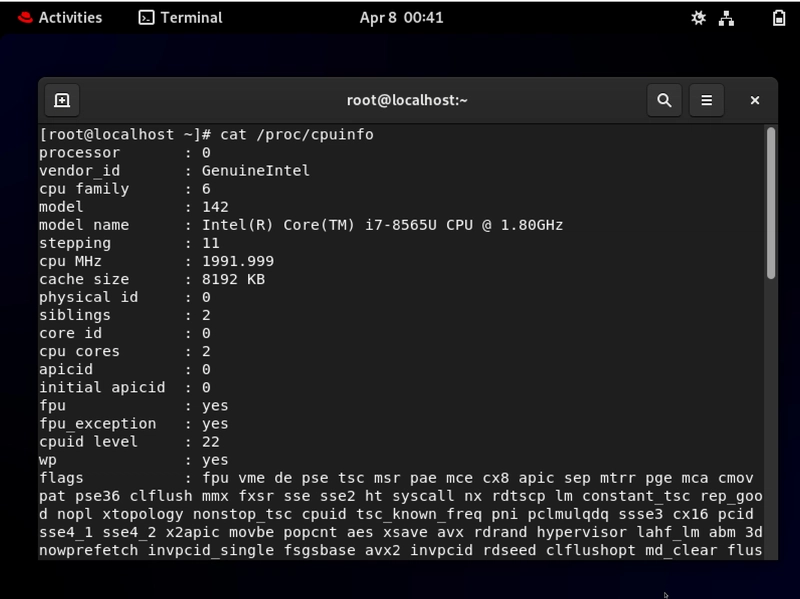Inside the Linux Filesystem: Essential Knowledge for Cloud & DevOps Engineers
Table of Contents Introduction The Linux Filesystem Philosophy Bash: Your Command Center Common Bash Commands Understanding Command Prompts The Root Directory: / /bin — User Binaries /sbin — System Binaries /etc — Configuration Files /home — User Directories /root — Superuser Home /var — Variable Files /usr — User System Resources /tmp — Temporary Files /proc — Kernel Interface Bash Scripting: Automating Your Way to Efficiency Connect With Me Introduction Understanding the Linux filesystem isn't optional in Cloud Engineering and DevOps. It is FUNDAMENTAL! Every EC2 instance, container, or virtual machine you'll manage relies on this knowledge. The Linux Filesystem Philosophy In Linux, everything is represented as a file including hardware, programs, and system resources. These files are stored in directories, and every directory contains files in a hierarchical tree structure. This organization is called the Filesystem Hierarchy Standard (FHS). Linux uses a single-rooted, inverted tree-like structure. The Root Directory, represented by a forward slash /, is the top-level directory in RHEL and all Linux distributions. Every other file and directory in the system branches from this single root, creating a unified and consistent structure across all Linux systems. This "everything is a file" philosophy gives Linux powerful consistency and makes it easier to interact with system components once you understand the structure. Let me walk you through the critical directories you'll encounter daily in your professional infrastructure work. Bash: Your Command Center Before diving into directories, it's worth noting that Bash (Bourne Again SHell) is the default shell in most Linux distributions. As a cloud or DevOps engineer, mastering Bash is essential for effective system navigation and automation. Common Bash Commands: pwd: Print working directory - shows your current location. cd /path: Change directory - navigate to specified path. ls -la: List all files with details, including hidden files. mkdir dir: Create a new directory named "dir". rm file: Remove/delete a file. grep pattern: Search for text patterns in files. chmod 755: Change file permissions. ps aux: Show running processes. clear: Removes all text currently displayed in the terminal window. Quick Tip: You can combine commands with pipes (|) to create powerful operations: ls -la | grep "log": List only files containing "log" cat file.txt | wc -l: Count lines in file.txt This command fluency is what separates novice users from efficient Cloud and DevOps professionals. Understanding Command Prompts: $ - Dollar sign prompt indicates a regular user. # - Hash/pound sign prompt indicates root/superuser. The command prompt provides key information about your current session: [root @ localhost ~] # This breaks down as: root - Current logged in user localhost - Name of the computer/hostname/host IP ~ - Current working directory (~ indicates home directory) # - Super user indicator (always shows # for root) For normal users, the prompt ends with $ instead: [user @ localhost ~] $ This distinction is crucial when you see commands prefixed with #, they're running with elevated privileges. Commands shown with $ can be executed by standard users. Always be cautious when operating as root (#), as these commands can affect system stability. The Root Directory: / The starting point of everything in Linux. All paths begin here. Command: Use Case: This reveals your system's foundation. bin boot dev etc home lib media mnt opt proc root run sbin srv sys tmp usr var /bin — User Binaries This directory contains essential commands that both users and the system need to function. Command: Here you'll find your everyday tools: ls, cp, mv, and echo. Use Case: These tools form the backbone of your infrastructure automation scripts and daily operations. /sbin — System Binaries Houses powerful administrative commands for system management. Command: Look for commands like shutdown, reboot, and network configuration utilities. Use Case: When troubleshooting server issues or configuring network settings, these tools are indispensable. /etc — Configuration Files The control center for your system services and applications. Command: Critical files include hosts, hostname, and directories like ssh/. Use Case: Configuration management starts here. Whether you're securing SSH or setting up web services, /etc is where you'll spend significant time. /home — User Directories Where user data lives, each in their own separate space. Command: Use Case: User permissions, application data, and custom configurations all depend on this structure. /root — Superuser Home The home directory for t
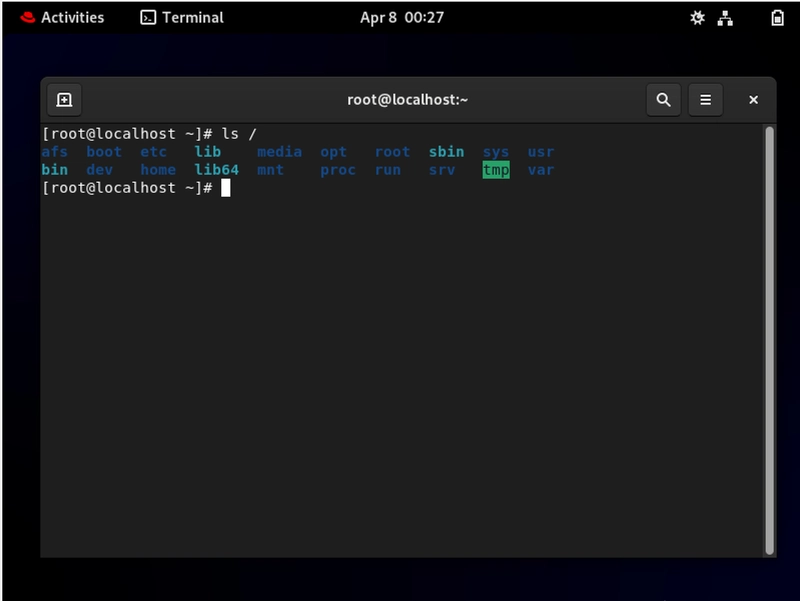
Table of Contents
- Introduction
- The Linux Filesystem Philosophy
- Bash: Your Command Center
- Common Bash Commands
- Understanding Command Prompts
- The Root Directory:
/ -
/bin— User Binaries -
/sbin— System Binaries -
/etc— Configuration Files -
/home— User Directories -
/root— Superuser Home -
/var— Variable Files -
/usr— User System Resources -
/tmp— Temporary Files -
/proc— Kernel Interface - Bash Scripting: Automating Your Way to Efficiency
- Connect With Me
Introduction
Understanding the Linux filesystem isn't optional in Cloud Engineering and DevOps. It is FUNDAMENTAL! Every EC2 instance, container, or virtual machine you'll manage relies on this knowledge.
The Linux Filesystem Philosophy
In Linux, everything is represented as a file including hardware, programs, and system resources. These files are stored in directories, and every directory contains files in a hierarchical tree structure. This organization is called the Filesystem Hierarchy Standard (FHS).
Linux uses a single-rooted, inverted tree-like structure. The Root Directory, represented by a forward slash /, is the top-level directory in RHEL and all Linux distributions. Every other file and directory in the system branches from this single root, creating a unified and consistent structure across all Linux systems.
This "everything is a file" philosophy gives Linux powerful consistency and makes it easier to interact with system components once you understand the structure.
Let me walk you through the critical directories you'll encounter daily in your professional infrastructure work.
Bash: Your Command Center
Before diving into directories, it's worth noting that Bash (Bourne Again SHell) is the default shell in most Linux distributions. As a cloud or DevOps engineer, mastering Bash is essential for effective system navigation and automation.
Common Bash Commands:
pwd: Print working directory - shows your current location.
cd /path: Change directory - navigate to specified path.
ls -la: List all files with details, including hidden files.
mkdir dir: Create a new directory named "dir".
rm file: Remove/delete a file.
grep pattern: Search for text patterns in files.
chmod 755: Change file permissions.
ps aux: Show running processes.
clear: Removes all text currently displayed in the terminal window.
Quick Tip: You can combine commands with pipes (|) to create powerful operations:
ls -la | grep "log": List only files containing "log"
cat file.txt | wc -l: Count lines in file.txt
This command fluency is what separates novice users from efficient Cloud and DevOps professionals.
Understanding Command Prompts:
$ - Dollar sign prompt indicates a regular user.
# - Hash/pound sign prompt indicates root/superuser.
The command prompt provides key information about your current session:
[root @ localhost ~] #
This breaks down as:
root - Current logged in user
localhost - Name of the computer/hostname/host IP
~ - Current working directory (~ indicates home directory)
# - Super user indicator (always shows # for root)
For normal users, the prompt ends with $ instead:
[user @ localhost ~] $
This distinction is crucial when you see commands prefixed with #, they're running with elevated privileges. Commands shown with $ can be executed by standard users. Always be cautious when operating as root (#), as these commands can affect system stability.
The Root Directory: /
The starting point of everything in Linux. All paths begin here.
Command:
- Use Case: This reveals your system's foundation.
bin boot dev etc home lib media mnt opt proc root run sbin srv sys tmp usr var
/bin — User Binaries
This directory contains essential commands that both users and the system need to function.
Command:
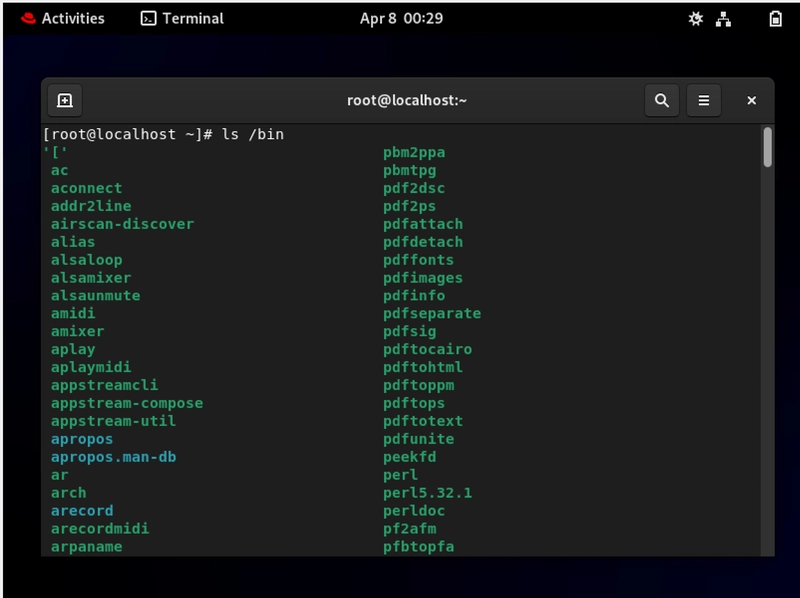
Here you'll find your everyday tools: ls, cp, mv, and echo.
- Use Case: These tools form the backbone of your infrastructure automation scripts and daily operations.
/sbin — System Binaries
Houses powerful administrative commands for system management.
Command:
Look for commands like shutdown, reboot, and network configuration utilities.
- Use Case: When troubleshooting server issues or configuring network settings, these tools are indispensable.
/etc — Configuration Files
The control center for your system services and applications.
Command:
Critical files include hosts, hostname, and directories like ssh/.
-
Use Case: Configuration management starts here. Whether you're securing SSH or setting up web services,
/etcis where you'll spend significant time.
/home — User Directories
Where user data lives, each in their own separate space.
Command:
- Use Case: User permissions, application data, and custom configurations all depend on this structure.
/root — Superuser Home
The home directory for the all-powerful root user.
Command:
Or using sudo as a regular user:
- Use Case: Critical scripts and secure operations typically run from here with elevated privileges.
/var — Variable Files
Contains data that changes frequently: logs, temporary files, and caches.
Command:
- Use Case: Logs are your first stop when troubleshooting, knowing where to find them saves valuable time during incidents.
/usr — User System Resources
The majority of applications and their supporting files live here.
Command:
-
Use Case: When deploying applications or managing dependencies, understanding
/usrstructure ensures consistent environments.
/tmp — Temporary Files
A workspace for transient data that clears on reboot.
Command:
- Use Case: Perfect for temporary processing in deployment pipelines or quick testing.
/proc — Kernel Interface
Virtual filesystems exposing system information as browsable files.
Commands:
Memory Information
CPU information
- Use Case: These directories provide real-time insights into system resources essential for performance monitoring and optimization.
Bash Scripting: Automating Your Way to Efficiency
As you become comfortable with the filesystem, start leveraging Bash scripts to automate repetitive tasks:
Scripts like this demonstrate how filesystem knowledge combines with Bash to create practical tools for infrastructure management.
Put your Knowledge into Practice
This directory structure might seem academic, but it's profoundly practical. When you know exactly where configurations, logs, and binaries reside, you can:
- Debug production issues faster.
- Implement security controls more effectively.
- Write more reliable automation scripts.
- Optimize system performance with confidence.
Run these commands in your environment and observe the outputs. The familiarity you build now will pay dividends throughout your Cloud and DevOps career.
Connect With Me
I’m Oluwadamilola, a Cloud and DevOps Engineer specializing in AI, automation, system reliability, also dedicated to continuous learning. With hands-on experience in real-world tech environments, I focus on optimizing processes and driving efficiency through innovative solutions.
I share experience based insights on what works, what doesn’t, and why it matters to help others navigate their learning journey.
- Connect on Linkedin
- Follow me on Dev.to for more Cloud and DevOps content
#30DaysLinuxChallenge #CloudWhistler #LinuxFilesystem #CloudEngineering #DevOps #Linux #OpenSource #CloudComputing #WomenInTech #RedHatEnterpriseLinux
#Bash #SysAdmin #Automation #CloudEngineer #ShellScripting












































































































































































![[The AI Show Episode 143]: ChatGPT Revenue Surge, New AGI Timelines, Amazon’s AI Agent, Claude for Education, Model Context Protocol & LLMs Pass the Turing Test](https://www.marketingaiinstitute.com/hubfs/ep%20143%20cover.png)















































































































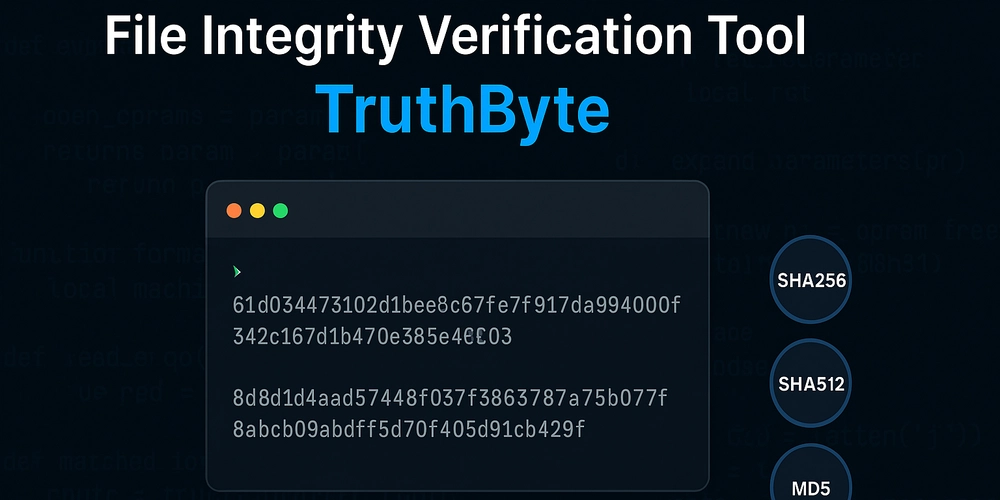
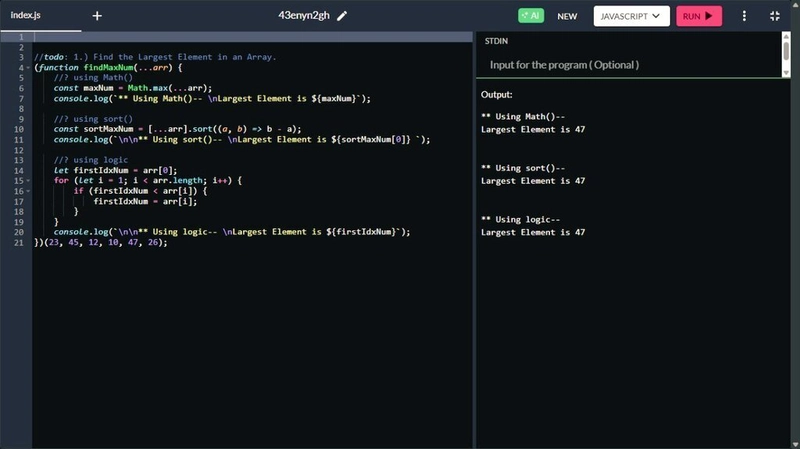
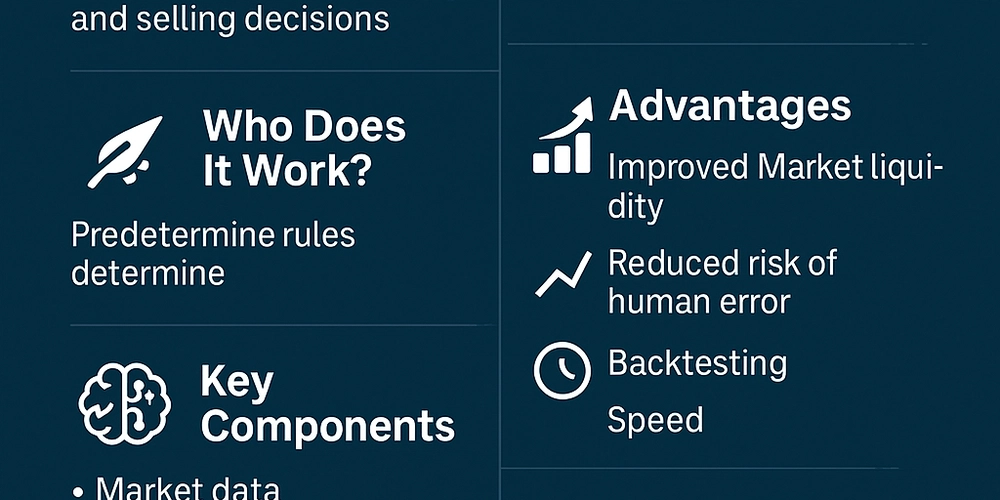








![[DEALS] Microsoft Visual Studio Professional 2022 + The Premium Learn to Code Certification Bundle (97% off) & Other Deals Up To 98% Off](https://www.javacodegeeks.com/wp-content/uploads/2012/12/jcg-logo.jpg)



![From Accountant to Data Engineer with Alyson La [Podcast #168]](https://cdn.hashnode.com/res/hashnode/image/upload/v1744420903260/fae4b593-d653-41eb-b70b-031591aa2f35.png?#)





































































































.png?#)




















































































































































![Apple TV+ Summer Preview 2025 [Video]](https://www.iclarified.com/images/news/96999/96999/96999-640.jpg)
![Apple Watch SE 2 On Sale for Just $169.97 [Deal]](https://www.iclarified.com/images/news/96996/96996/96996-640.jpg)

![Apple Posts Full First Episode of 'Your Friends & Neighbors' on YouTube [Video]](https://www.iclarified.com/images/news/96990/96990/96990-640.jpg)





























































































































